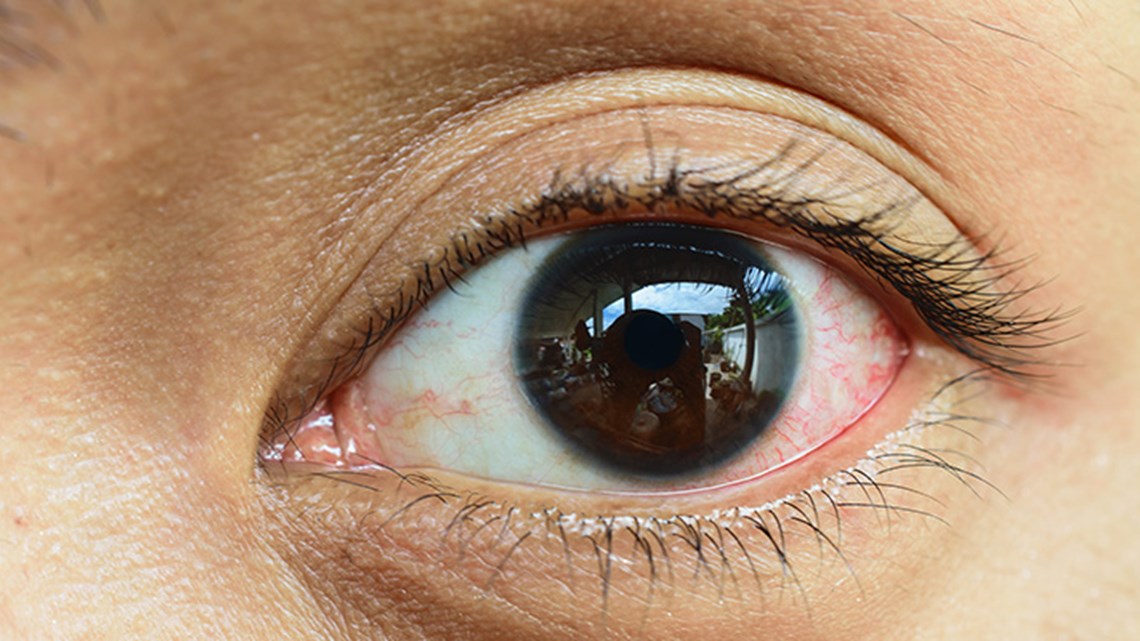
Different types of eye infections and how to protect yourself
COMMON TYPES OF EYE INFECTION
Majority of the viruses, fungi, bacteria and parasites that invade a human body are also capable of attacking the outer and inner surface of your eye. Infectious eye diseases can be differentiated into two categories.
Initially, your eye doctor will focus on the specific part of your eye that is inflamed or infected.
Conjunctivitis, for instance, is an inflammation of the conjunctiva, the membrane of the inner corner and the inner eyelid of the surface of the eye. Other places where you can have inflammation include the eyelid (blepharitis), the liquid inside the eye (vitritis), the cornea (keratitis), the optic nerve (neuroretinitis), the retina and the blood vessels that feed it (chorioretinitis). These are just a few areas. The eyes are an extremely complex organ that has a number of important parts.
In second category, eye infections are classified according to what’s the reason for infection.
For example, an Ocular histoplasmosis syndrome is triggered by a fungus (the condition is called chorioretinitis). It normally attacks the blood supply of the retina, on the inner rear surface of your eye.
The most common type of infection that affects your eye is conjunctivitis. It is caused by an adenovirus (a kind of common cold virus). This kind of infectious conjunctivitis is sometimes termed as pinkeye and is very common among children. Viral conjunctivitis is contagious in nature as it can spread from the eye to hands, which then comes in contact with doorknobs and other surfaces used by people which causes the infection to spread.
Staphylococcus aureus is another bacteria that is a known cause of viral conjunctivitis. Bacterial infections are very common among children and tend to stay for a longer duration in cases of pinkeye.
Causes:
Infectious conjunctivitis is the major reason behind pinkeye. The reasons that can cause infectious conjunctivitis are numerous and can be classified as viral, fungal and bacterial.
Pink eye, or conjunctivitis. Regular infectious conjunctivitis majorly has viral or bacterial origins. Infants can be infected with conjunctival eye infections (gonococcal and chlamydial conjunctivitis) during birth if their mother has a sexually transmitted disease.
- Besides common pink eye, there is a viral eye infection that goes by the name ‘ocular herpes.’ This happens when you are exposed to the Herpes simplex virus.
- Fungal keratitis is another type of eye infection that grabbed headlines. In 2006 when a contact lens solution, not taken off from the market was associated with the outbreak among lens wearers. This eye infection was related to Fusarium fungi, usually found in the organic matter.
- Acanthamoeba keratitis is a sight-threatening infection that generally affects contact lens wearers. It is really necessary for contact lens wearers to observe certain safety tips.
- Trachoma is another infection that is widespread in certain under-developed regions and is a leading cause of blindness. Flies spread the infection in unsanitary environments and reinfection becomes a common problem.
How to prevent eye infections?
- If you are close to a person with a red eye, avoid touching your eyes until you wash your hands. To ensure maximum protection, wash your hands with Dettol Liquid Handwash.
- If you are on the go and can’t find a wash basin, you can also carry Dettol Multi-Use Wipes, which offer commendable protection.
- You can reduce the chances of catching common bacterial or viral eye infections with the help of anti-infective sprays and cleansers whenever you are in public places like day-care centers or washroom.
- If anyone in your house is suffering from a red eye or confirmed eye infection, ensure that their bedding and towels are clean and do not let them share these items with anyone else in the family.
- If you wear contact lenses, make sure that you follow each and every tip.


